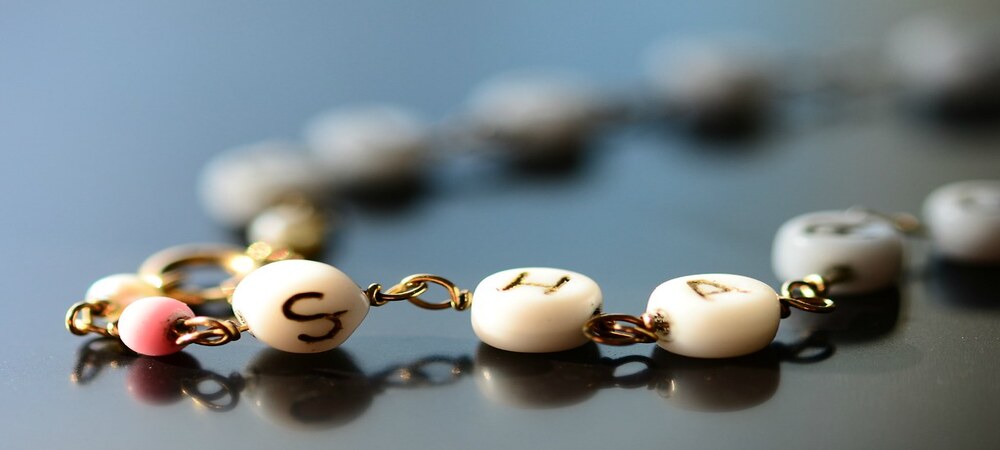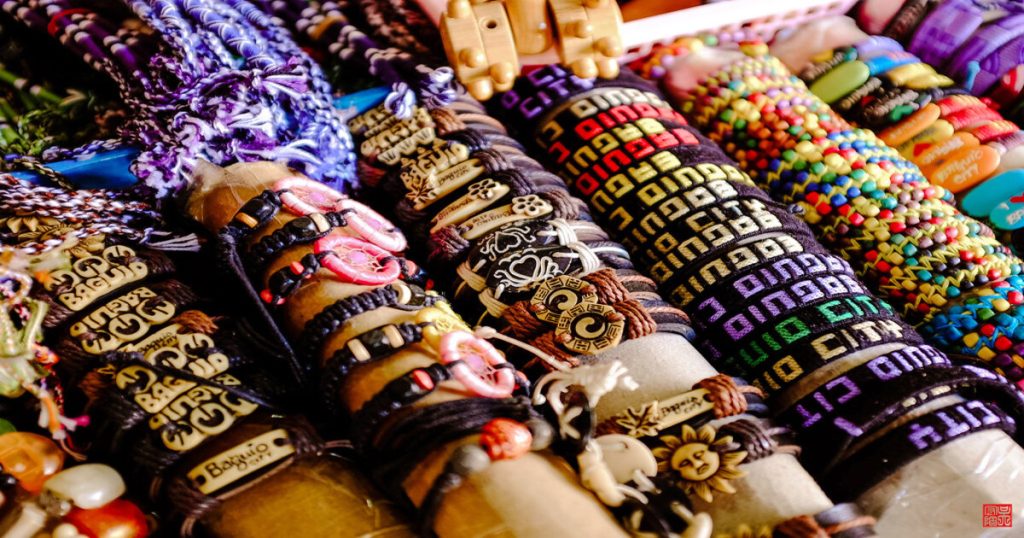When it comes to accessorizing with BRACELET SIZES CHART, getting the right fit is crucial for both comfort and style. Whether you’re shopping for yourself or looking to gift someone a beautiful piece of wristwear, understanding bracelet sizes is essential. In this comprehensive guide, we’ll delve into everything you need to know about bracelet sizes, including how to measure your wrist, common bracelet sizes, and tips for finding the perfect fit.
Understanding Bracelet Sizes Chart
BRACELET SIZES CHART typically vary depending on the style, material, and design of the bracelet. While some bracelets come in standard sizes, others may offer adjustable bands or custom sizing options. To determine the right bracelet size, it’s essential to measure your wrist accurately.
How to Measure Your Wrist
Measuring your wrist is the first step in finding the perfect BRACELET SIZES CHART . Here’s a simple guide to help you measure your wrist accurately
- Use a Flexible Measuring Tape : Start by wrapping a flexible measuring tape around the widest part of your wrist. Make sure the tape is snug but not too tight.
- Take Note of the Measurement : Once you have the measurement, take note of the circumference of your wrist in inches or centimeters.
- Add Extra Length : Depending on your preference, you may want to add some extra length to accommodate the bracelet’s clasp or closure comfortably.
- Consider Bracelet Style : Keep in mind the style of bracelet you prefer. Some styles, such as bangles, may require a looser fit, while others, like cuffs, may fit snugly around the wrist.
By following these steps, you’ll have an accurate measurement of your wrist size, which will help you choose the right bracelet size.

Common bracelet sizes chart
BRACELET SIZES CHART to fit different wrist circumferences. While sizes may vary slightly between manufacturers and designers, there are standard sizes that are commonly available. Here are some common bracelet sizes and their corresponding wrist measurements:
- Extra Small (XS) : Fits wrist sizes up to 5.5 inches.
- Small (S) : Fits wrist sizes between 5.5 to 6 inches.
- Medium (M) : Fits wrist sizes between 6 to 7 inches.
- Large (L) : Fits wrist sizes between 7 to 8 inches.
- Extra Large (XL) : Fits wrist sizes 8 inches and above.
It’s important to note that these sizes are approximate and may vary depending on the bracelet’s design and the wearer’s preference. Some bracelets may also come with adjustable clasps or extension chains to provide a custom fit.
Finding the Perfect Fit
Now that you know how to measure your wrist and understand common BRACELET SIZES CHART, it’s time to find the perfect fit. Here are some tips to help you choose the right bracelet size
- Consider Comfort : A well-fitting bracelet should feel comfortable on your wrist without being too tight or too loose. It should move freely but not slide up and down excessively.
- Account for Bracelet Style : Different bracelet styles may require different fits. For example, a snug fit is ideal for cuff bracelets, while bangles may need a bit more room to slide over the hand.
- Check Sizing Guides : When shopping for bracelets online or in-store, refer to sizing guides provided by the manufacturer or retailer. These guides often include wrist measurements corresponding to each size option.
- Try Before You Buy : If possible, try on the bracelet before making a purchase to ensure it fits comfortably. If shopping online, check the retailer’s return policy in case the bracelet doesn’t fit as expected.
- Consider Adjustable Options : Adjustable bracelets, such as those with extension chains or sliding knots, offer flexibility in sizing and can accommodate a range of wrist sizes.
Selecting the Right Size for Different Bracelet Styles
Different BRACELET SIZES CHART may require specific considerations when it comes to sizing. Let’s explore how to choose the right size for some popular bracelet styles
1. Chain Bracelets
- Chain bracelets typically come with adjustable clasps or extension chains, making them versatile in terms of sizing.
- When selecting a chain bracelet, consider the desired fit—whether you prefer a snug fit or a bit of drape—and adjust the length accordingly.
2. Bangle Bracelets
- Bangle bracelets are usually rigid and slip over the hand onto the wrist.
- To find the right size, measure the widest part of your hand to ensure the bangle can slide comfortably over it.
- Keep in mind that bangles should fit snugly around the wrist to prevent them from slipping off.
3. Cuff Bracelets
- Cuff bracelets are open-ended and can be adjusted to fit different wrist sizes.
- To find the right size, measure the circumference of your wrist and choose a cuff bracelet with a slightly smaller opening to ensure a secure fit.
4. Beaded Bracelets
- Beaded bracelets may come in standard sizes or be custom-made to fit your wrist.
- When selecting a beaded bracelet, consider the size of the beads and the desired fit. Smaller beads may allow for a tighter fit, while larger beads may require a looser fit.
5. Leather Bracelets
- Leather bracelets often come with adjustable closures, such as snap buttons or sliding knots.
- Measure your wrist circumference and choose a leather bracelet with a closure that allows for a comfortable fit.

Tips for Maintaining Your Bracelet
Once you’ve found the perfect BRACELET SIZES CHART, it’s essential to take care of your wristwear to ensure it stays looking its best. Here are some tips for maintaining your bracelet
- Avoid Exposure to Moisture : Remove your bracelet before showering, swimming, or engaging in activities that may expose it to moisture, as this can cause damage to certain materials.
- Store Properly : When not wearing your bracelet, store it in a jewelry box or pouch to prevent it from getting scratched or tangled with other jewelry.
- Clean Regularly : Clean your bracelet regularly using a soft cloth to remove dirt, oils, and other residues. Avoid harsh chemicals or cleaners that may damage the materials.
- Inspect for Damage : Periodically inspect your bracelet for any signs of damage, such as loose stones, broken clasps, or worn-out components. Promptly address any issues to prevent further damage.
- Avoid Impact : Be mindful of activities that may subject your bracelet to impact or pressure, as this can cause it to become damaged or bent out of shape.
By following these tips, you can keep your bracelet looking beautiful and ensure it lasts for years to come.
Conclusion
A well-fitting bracelet not only enhances your style but also adds a touch of elegance to your overall look. By understanding BRACELET SIZES CHART, measuring your wrist accurately, and considering factors such as bracelet style and fit, you can select the perfect bracelet for any occasion. Whether you prefer a delicate chain bracelet, a bold cuff, or a beaded design, finding the right size ensures that your bracelet not only looks great but also feels comfortable to wear. So, measure your wrist, explore your options, and elevate your accessory game with the perfect bracelet size for you.
